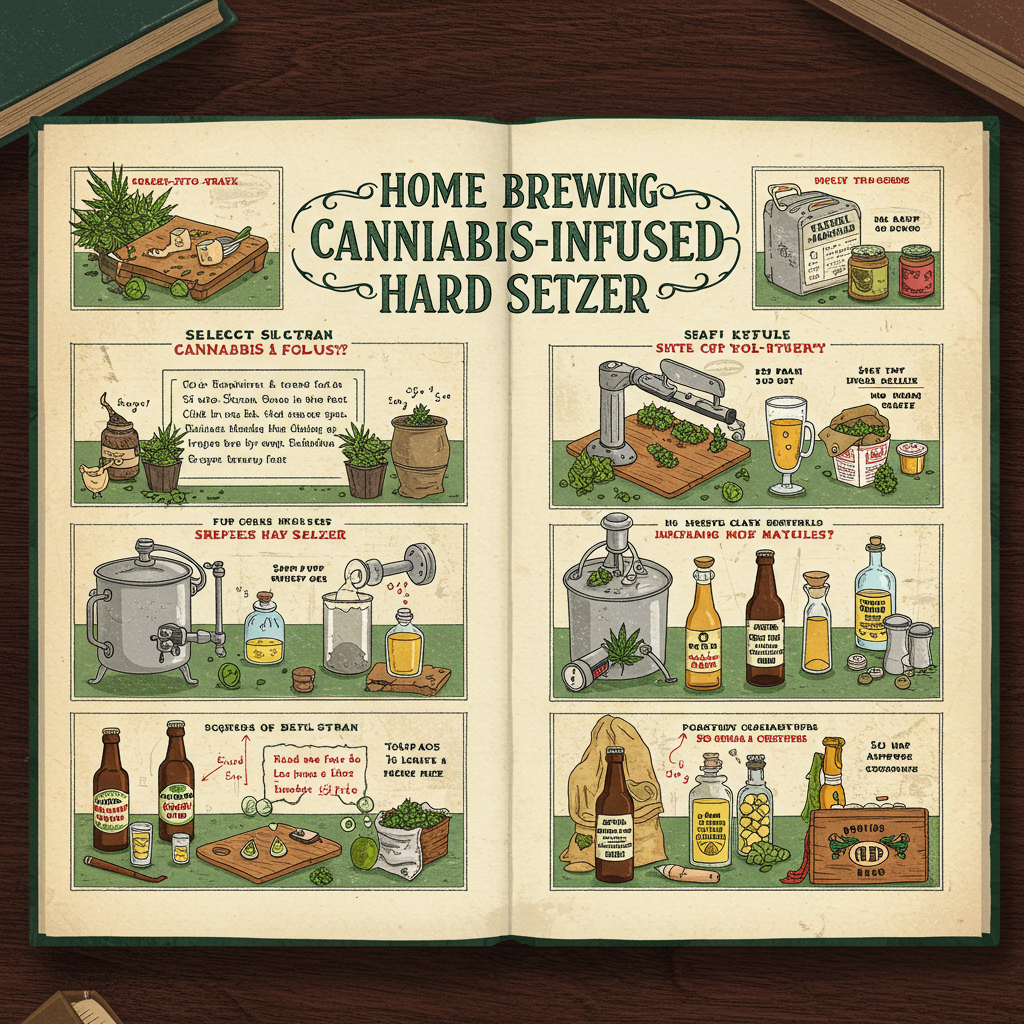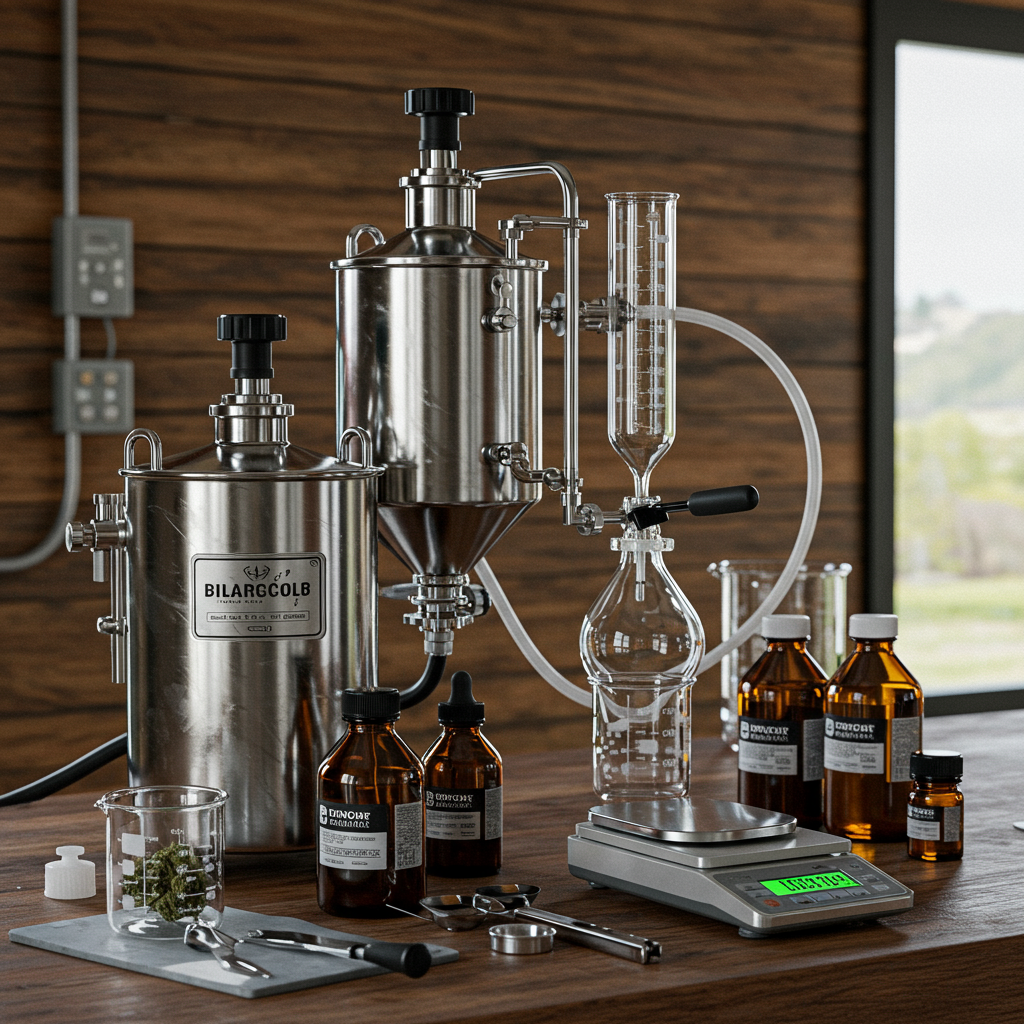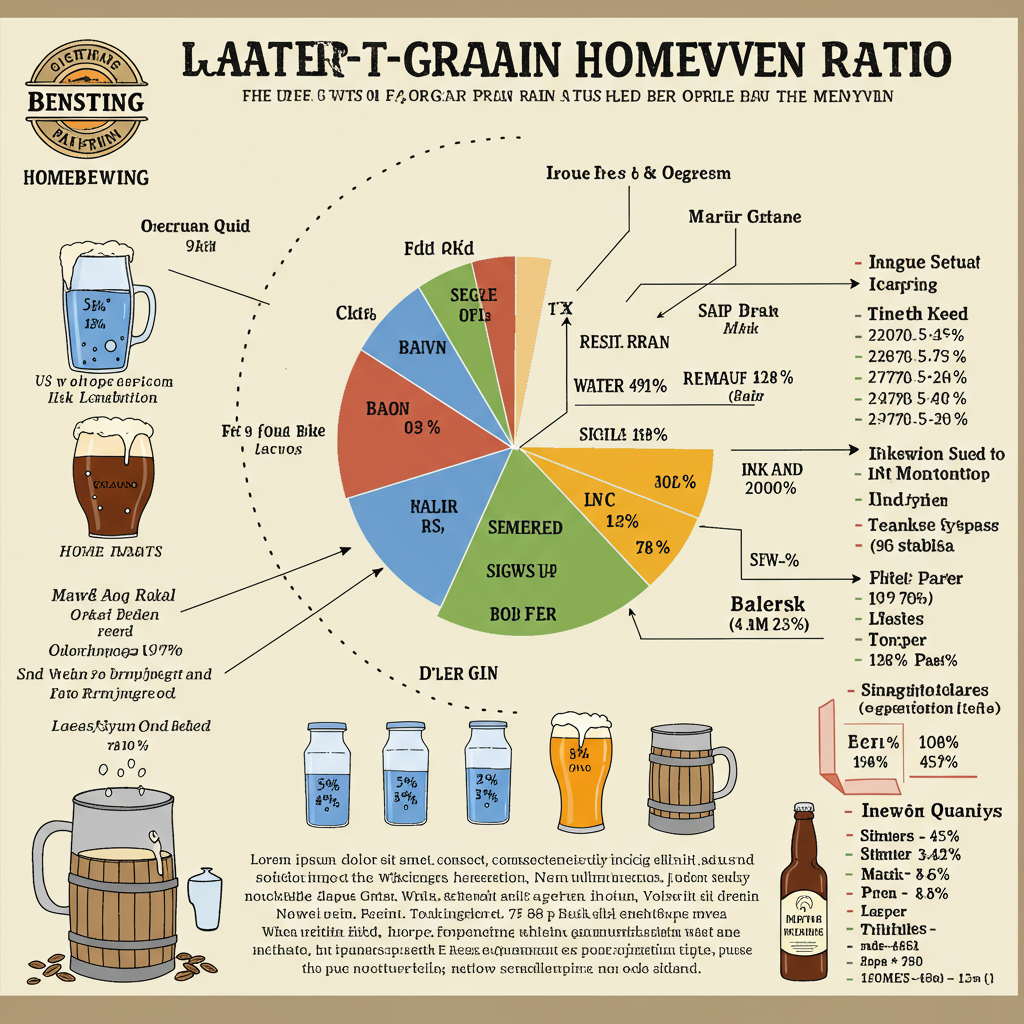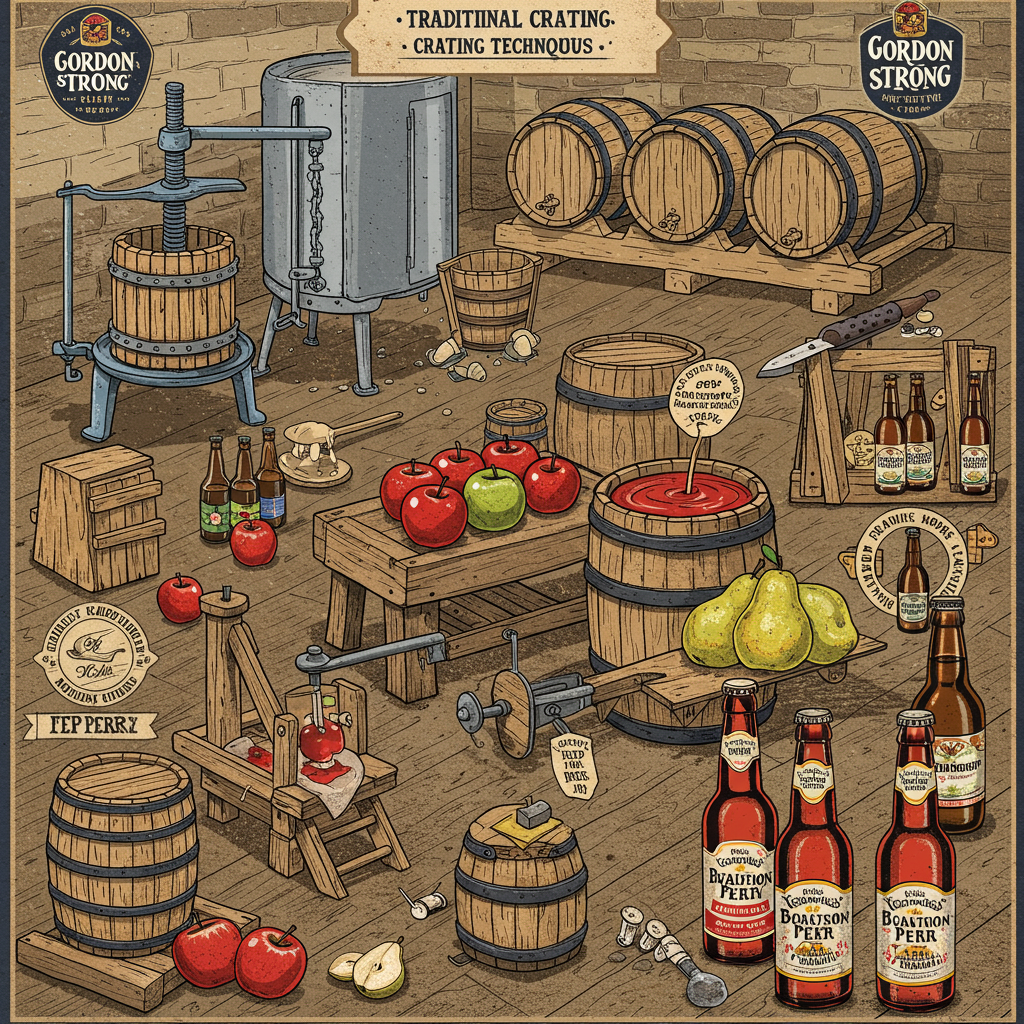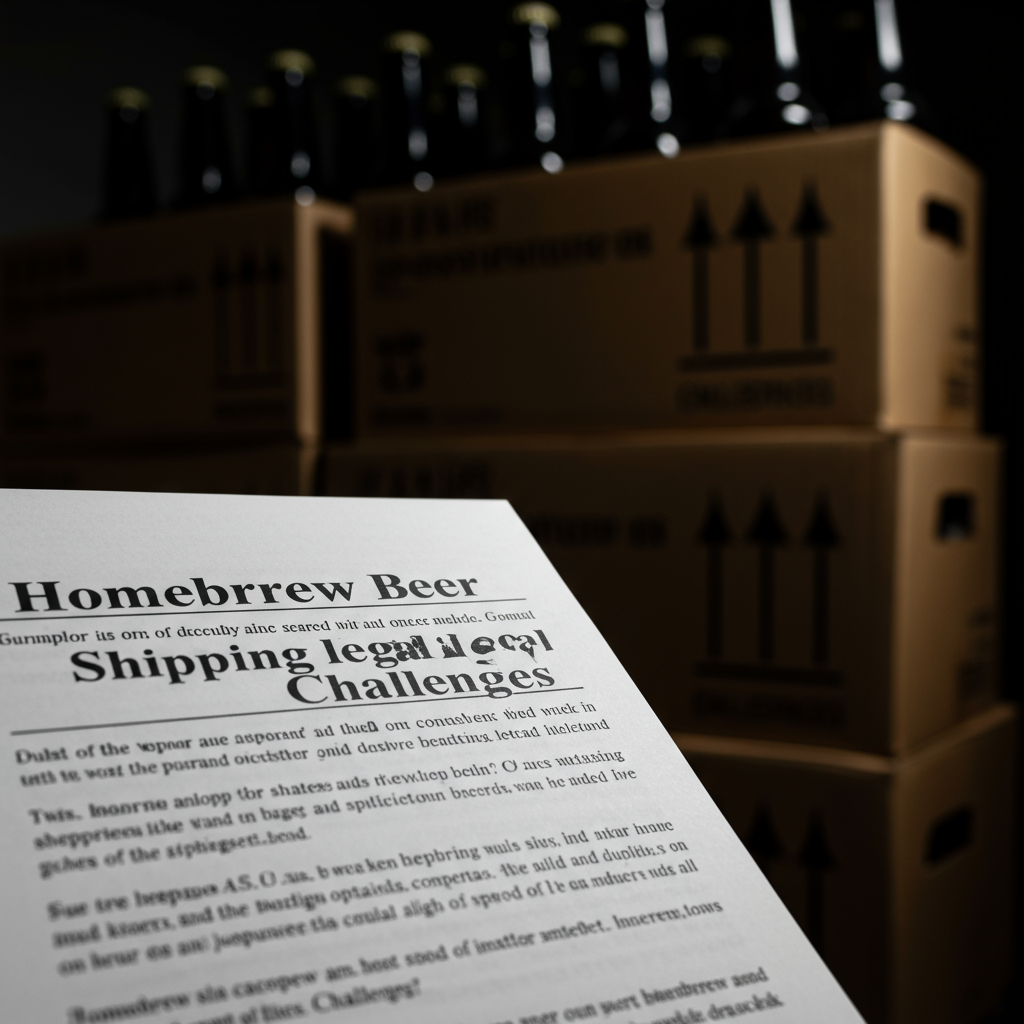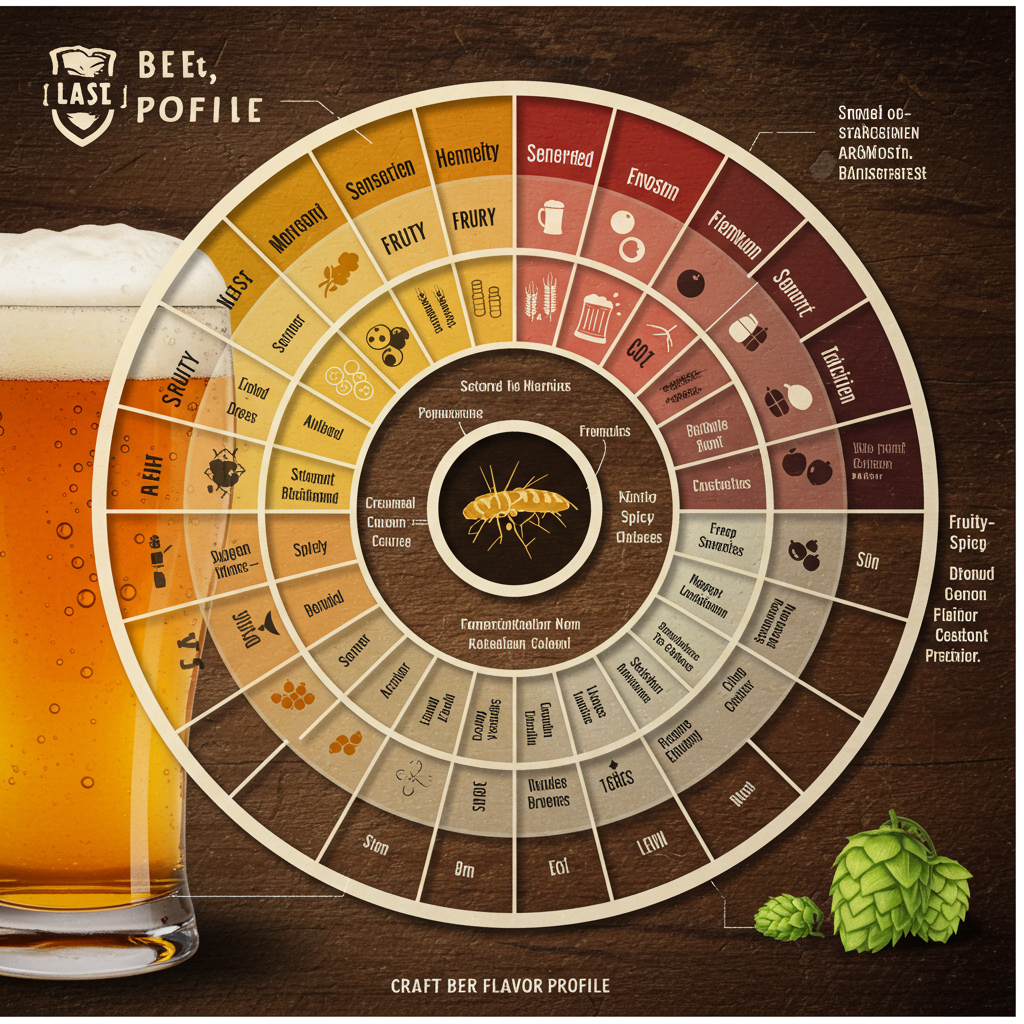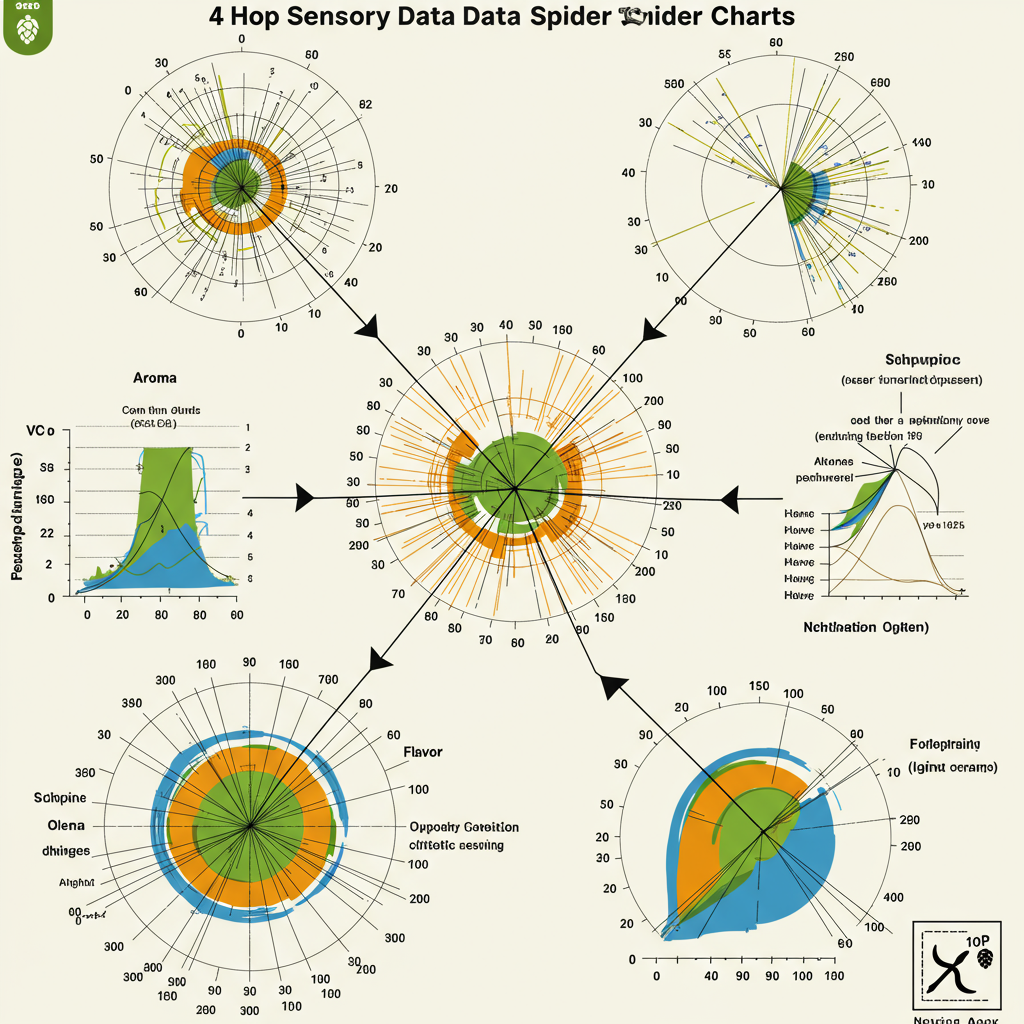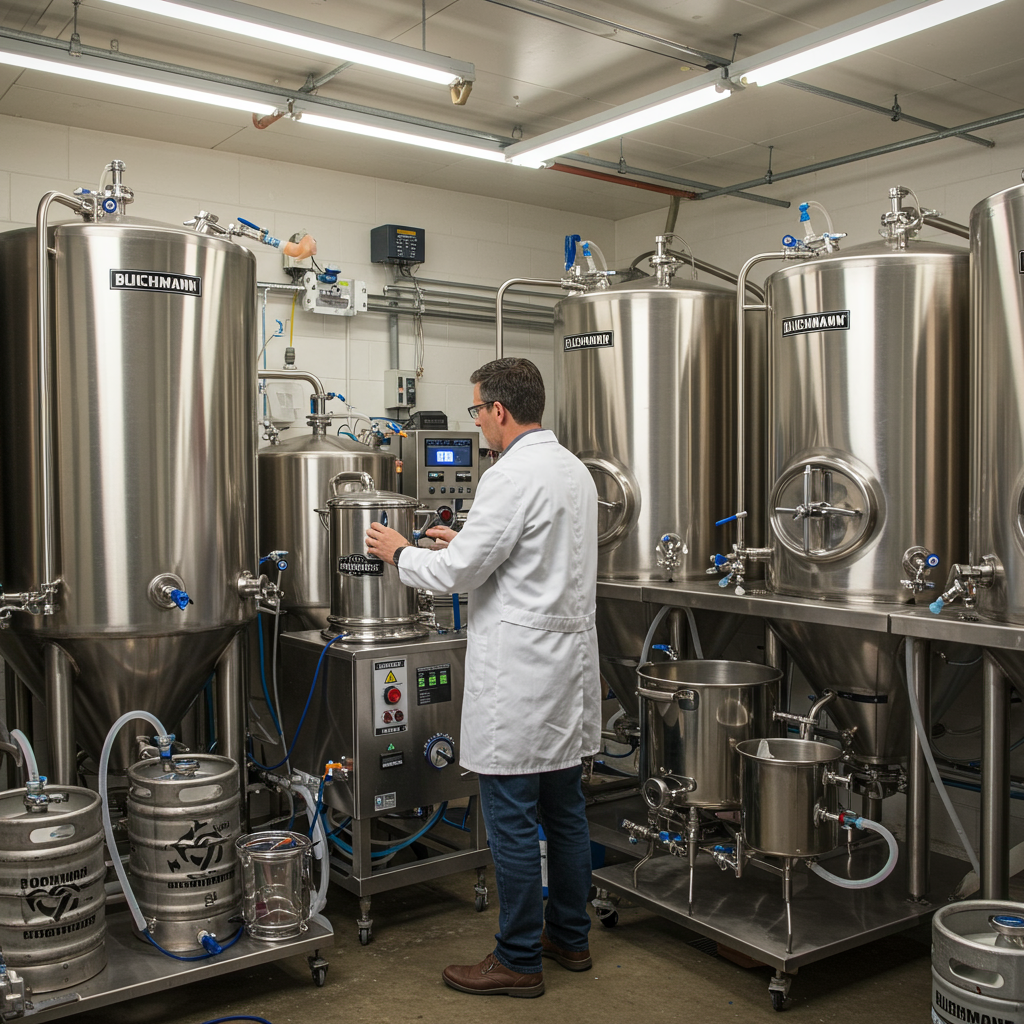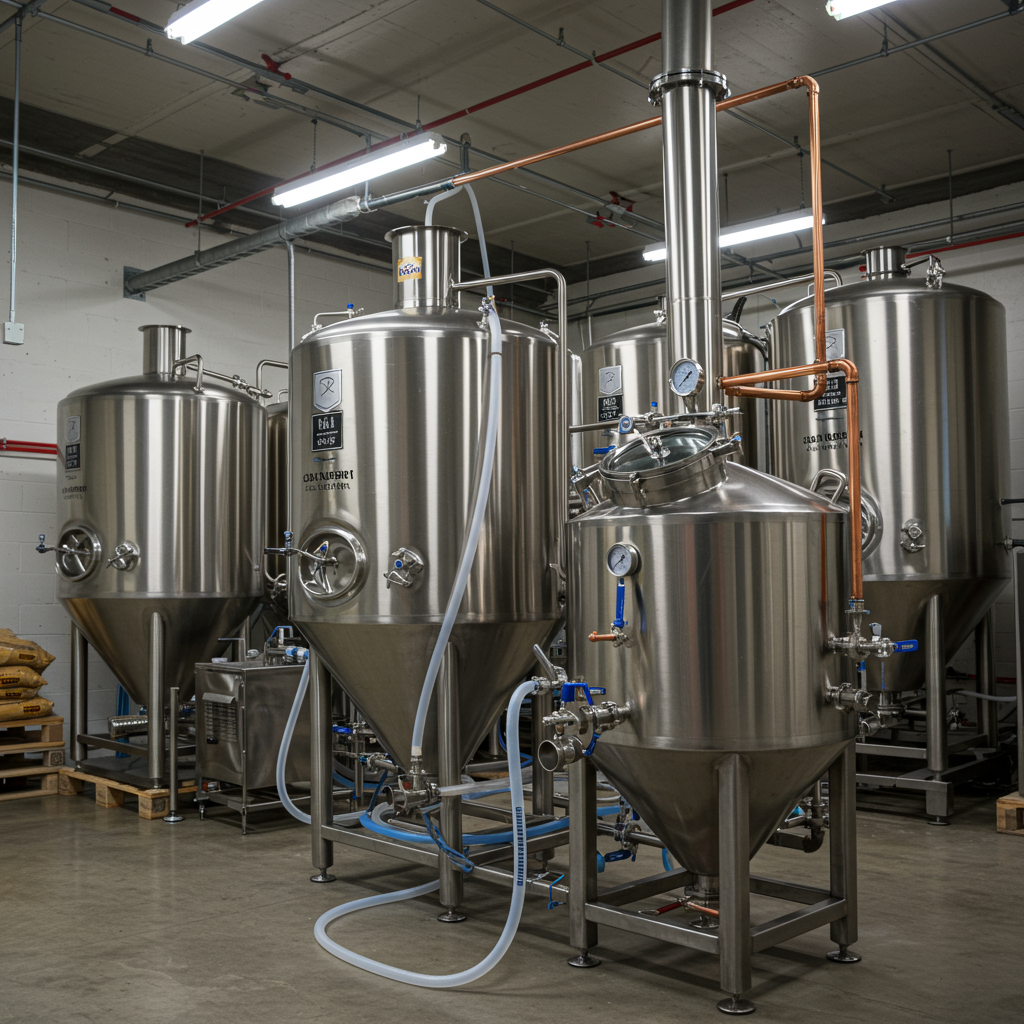Crafting Hard Seltzer at Home for Beer Aficionados
Over the past decade, the craft beer scene has witnessed an exciting twist: the rise of hard seltzer. Many breweries have expanded their offerings to include these bubbly beverages, catering to a diverse audience. But, did you know that you can easily craft your own hard seltzer at home? With some basic homebrewing equipment, you can explore this refreshing drink right from your kitchen.
BreweriesNearMe.us is your go-to resource for discovering the latest in brewing trends and craft beer culture across the nation, including this sparkling phenomenon. So, if you’re curious about how to whip up hard seltzer, here’s a guide to help you get started.
Essential Ingredients and Equipment
Creating hard seltzer at home is surprisingly simple, requiring just a few ingredients and the same tools used for brewing beer. Start with cane or beet sugar, the foundation for your seltzer, which you’ll ferment to create alcohol. You’ll also need a large pot for boiling, a fermenter, and some basic sanitizing equipment.
The key to personalized flavor lies in the variety of natural or artificial flavorings you can mix in, resulting in a seltzer that reflects your unique taste profile. With BreweriesNearMe.us, explore local flavors and trends that inspire your homebrewing adventure.
Crafting Your Own Seltzer Recipe
Here’s a straightforward recipe to get you started: 5.5 gallons (21 L) of water, 3.75 lbs (1.7 kg) of cane sugar, one pouch of White Labs California Ale Yeast WLP001, phosphoric or lactic acid for pH adjustment, and your choice of flavorings. This combination yields a refreshing batch with about 5.5% ABV.
Feel free to tweak the sugar content to adjust the alcohol level to suit your preference. As part of the craft beer community, you’re already familiar with the idea of customization, whether in creating a unique IPA or a seasonal stout.
The Fermentation Journey
The fermentation of hard seltzer is a quick and straightforward process, typically concluding within a few days. As you patiently wait for the yeast to complete its magic, focus on achieving clarity. Employ a high attenuation yeast to ensure a clean finish, enhancing the visual appeal of your seltzer.
For added finesse, rapidly chill your seltzer or utilize filtration methods. This attention to detail mirrors the dedication seen in your favorite local microbreweries, elevating your homemade creation to professional standards.
Flavor Exploration
Add a splash of vibrancy to your seltzer with flavorings. From artificial additives to natural fruits, the possibilities are limitless. However, exercise caution with fermentable fruits—these could potentially reignite fermentation if not managed properly.
Backsweatning with fruits demands precision, using potassium metabisulfite and potassium sorbate to prevent additional fermentation. Opt for keg storage to withstand any pressure changes, drawing inspiration from innovative methods used in leading taprooms around the country.
Carbonation Techniques
Carbonation is key to seltzer’s allure. If you favor using unflavored or artificially flavored seltzer, bottling with a touch of corn sugar will work well. Nevertheless, when backsweetening with fermentables, kegging and pressure carbonation are your safest bets.
Channel the expertise of seasoned brewers by maintaining control over your seltzer’s carbonation. With BreweriesNearMe.us, engage with a vibrant network of craft beer fans who share your dedication to brewing excellence.
Delve into the world of hard seltzer alongside your craft beer endeavors and discover how versatile this beverage can be on your brewing journey.
#CraftBeer #Homebrewing #HardSeltzer #BeerTrends #LocalBrews

